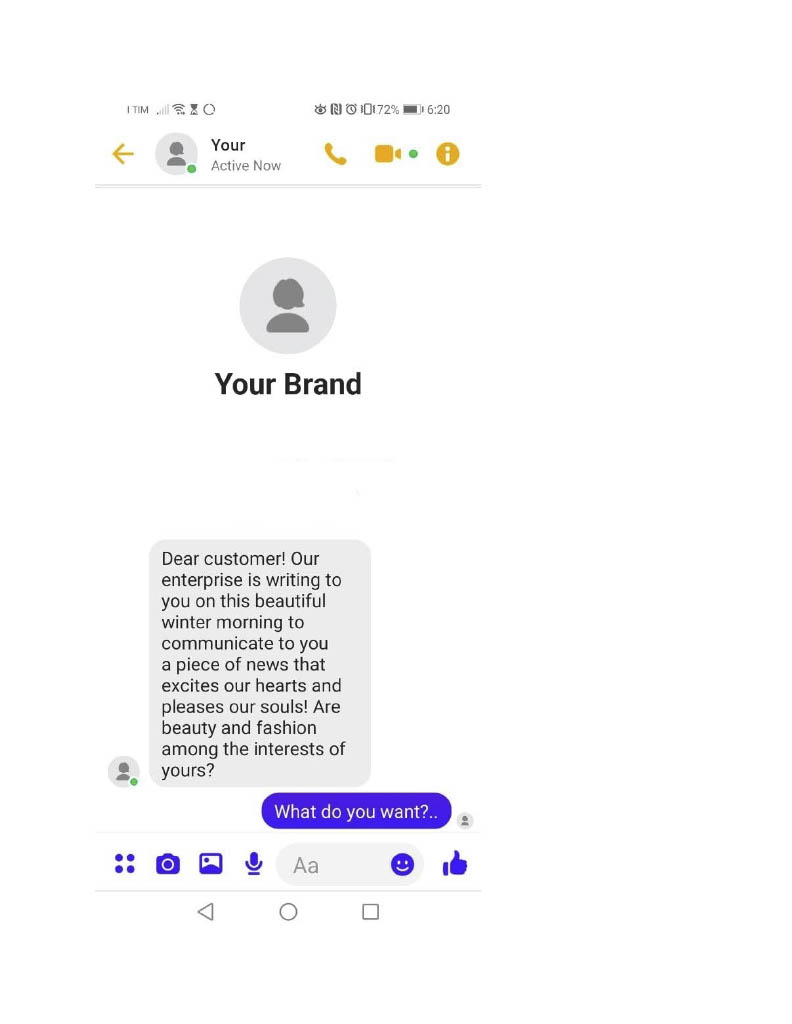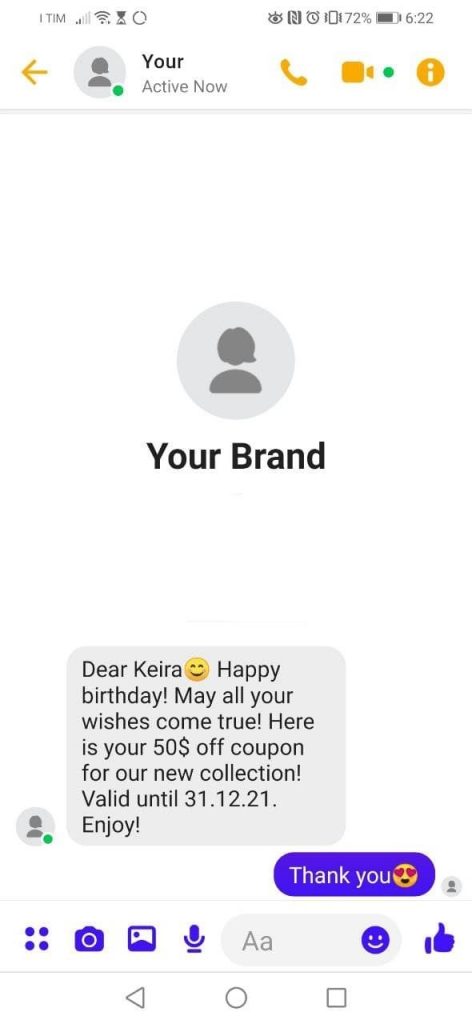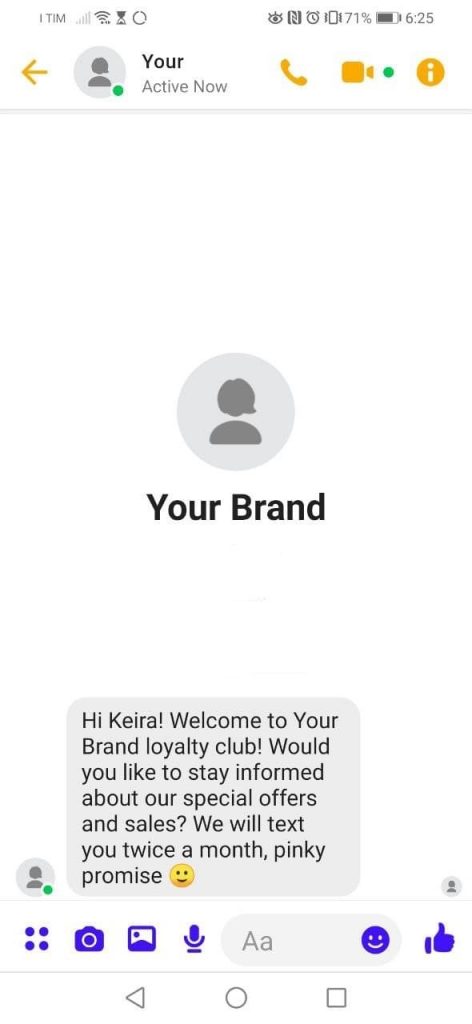Author Name: Yulia Gavrilova
Automated text messages in web applications are used by all types of companies—a department store is having a sale, a delivery app is offering a coupon, and so on. These messages are prewritten by marketing and communications specialists and sent out at specific times, for example as part of a planned marketing campaign. Companies also use automated texts to process customer requests, such as a user adding to their balance.
These texts are sent to the user’s phone via SMS, generally through an automated API protocol. Of course, there are several APIs to choose from, depending on your preference. So if you’re planning to add an automated text messaging service to your application, you need to consider a few things.
This guide will examine some best practices for automating text messages, so you can use SMS campaigns to benefit your organization.
Why Use SMS?
Why do so many companies continue using SMS when there are other channels available, such as email or social media? There are several reasons.
SMS Is The Most Direct Channel of Communication
Most people have constant internet access and can easily communicate using instant messaging services and social media. However, they all use different apps. If you communicate with your customers via WhatsApp, you won’t reach Instagram users.
SMS is installed in all smartphones by default, so you can conduct more homogeneous mass marketing campaigns without missing part of your target audience.
SMS Has the Highest Conversion Rate
SMS is the least crowded channel. Generally, when people check their phones in the morning, the first thing they see is SMS notifications.
According to various surveys, customers are more likely to dismiss brand messages on social media and emails as spam. For example, the conversion rate for email advertising is just around fifteen percent.
SMS information, though, is taken more seriously. People are used to receiving texts from their mobile provider or bank. In fact, SMS has the highest open rate and about a thirty percent conversion rate. Different reports show different numbers, but overall, texts show better conversion than other communication channels.
People Like to Get SMS from Brands They Like
Research from Twilio shows that nine in ten customers want to communicate with their favorite brands using SMS. The majority of consumers are millennials and Gen Zers who prefer texts to calls, because they can read them at any time. Loyalty to brands is a huge part of their consumer culture, and the brand that builds a meaningful relationship with customers wins. Additionally, SMS is a two-way communication channel, and customers can respond whenever they want.
What Not to Do
People still do opt out of SMS or report such messages as spam. If you add automated texting but notice a high churn rate, you might be committing one of the following mistakes.
Wrong Frequency or Timing

If your automated messages arrive every five minutes, you’ll annoy customers into blocking or reporting you. But if you only text once in a blue moon, users will forget that they subscribed to your services, leading to the same reaction.
Didn’t Obtain Consent or Add Disclaimers
A common complaint among customers is that they receive messages they didn’t sign up for. Violating their trust may result in increased opt-out rates.
Poorly Written Texts
Bad copywriting can prompt users to opt out of your texts because they don’t understand them. If your wording is too complex or the sentences are too long, most people won’t finish reading.
No Clear Value to the User

Texting for the sake of texting is a bad idea. If the client doesn’t understand why they received a message from you and how it helps them, they will most likely ignore you.
Best Practices for SMS
There are multiple things you can do to improve the quality of your automated text messages and get better results.
Be Responsive
Sometimes SMS notifications require an action from the user, for example confirming their participation in an event.
If you receive a customer reply, you should be able to process it as quickly as possible, then alert the customer that the message was received and the request has been processed. A client will switch to your competitor if their request is not answered.
Personalize Texts

Personalization is key in this digital era. You can customize automated texts in a few clicks, connecting your SMS API to the client database. It doesn’t require a lot of effort but adds a nice touch to your messages, improving the chances that they will be read. For example, be sure to include the customer’s name when addressing the receiver.
Text at Expected Times
Tell your customers in advance how often you’re going to reach out to them and be consistent with your communication. Clients should know how often to expect messages from you and what kind of content you will send to them.
Use Clear Language
Keep your writing friendly, clear, and concise. Your text should always have a specific goal: an invitation to a new event, for instance, or to inform users about a special offer.
Use Disclaimers

If you don’t want angry customers, always inform them in advance that they may receive automated text messages and be sure to receive their consent.
Provide Opt-out
If a customer doesn’t want to receive any more messages from you, give them a way to unsubscribe. Remember to provide a survey so they can explain why they opted out―this will help you to improve your services.
Introducing Octopush
If you’re looking for a platform to handle automated text messages for your app, try Octopush. It offers several features to help you conduct mass SMS marketing campaigns.
Schedule Texts
You already know how important it is to text the user at the right moment: not too early in the morning or too late at night. But what if your clients live in different time zones and you want them to receive the message at the same time?
You can schedule texts with Octopush. The API allows you to send an SMS and voice SMS at your preferred time. Divide your client base into several time zones so that each one receives the message between 8:00 a.m. and 9:00 p.m.
Here is an example of how you can do this with Shell:
curl -X POST
'https://api.octopush.com/v1/public/sms-campaign/send'
-H 'Content-Type: application/json'
-H 'api-login: ******@email.com'
-H 'api-key: ************'
-H 'cache-control: no-cache'
-d '{
"customers": [
{
"phone_number": "+3513567689",
"param1": "Kate"
}
],
"text": "Get 25% off your first order.",
"purpose": "alert",
"sender": "2324",
"send_at": "2019-09-03T07:42:39-07:00"
}'
Remember—Personalize Texts
It’s already been mentioned once, but it bears repeating: personalized texts help you build a tighter connection between your client and your brand.
With Octopush, you can easily personalize your messages. When writing your text, use {param1} for the user’s first name and {param2} for the last name. You can create any number of necessary parameters for other personal information.
Manage Replies
If you expect replies from customers, plan in advance how you’re going to process the answers. Octopush allows you to manage replies with two-way SMS. You will need to complete the field with the name, original ticket, mobile number, and text of the reply, as well as the date. Then you’ll be able to monitor your archives and provide a response.
Conclusion
Now you should have a good understanding of how to send automated text messages for web applications. The high conversion rate of SMS makes it a valuable outlet for marketing campaigns. If you use the best practices described in this guide, you’ll achieve better communication with your customers, increasing their loyalty and helping your business grow.
If you want to improve your automated text messages but don’t know where to start, consider Octopush. The platform allows you to automate your SMS tasks so you can dedicate more time to planning your marketing campaign. If you want to give Octopush’s API a try, sign up for a free trial.